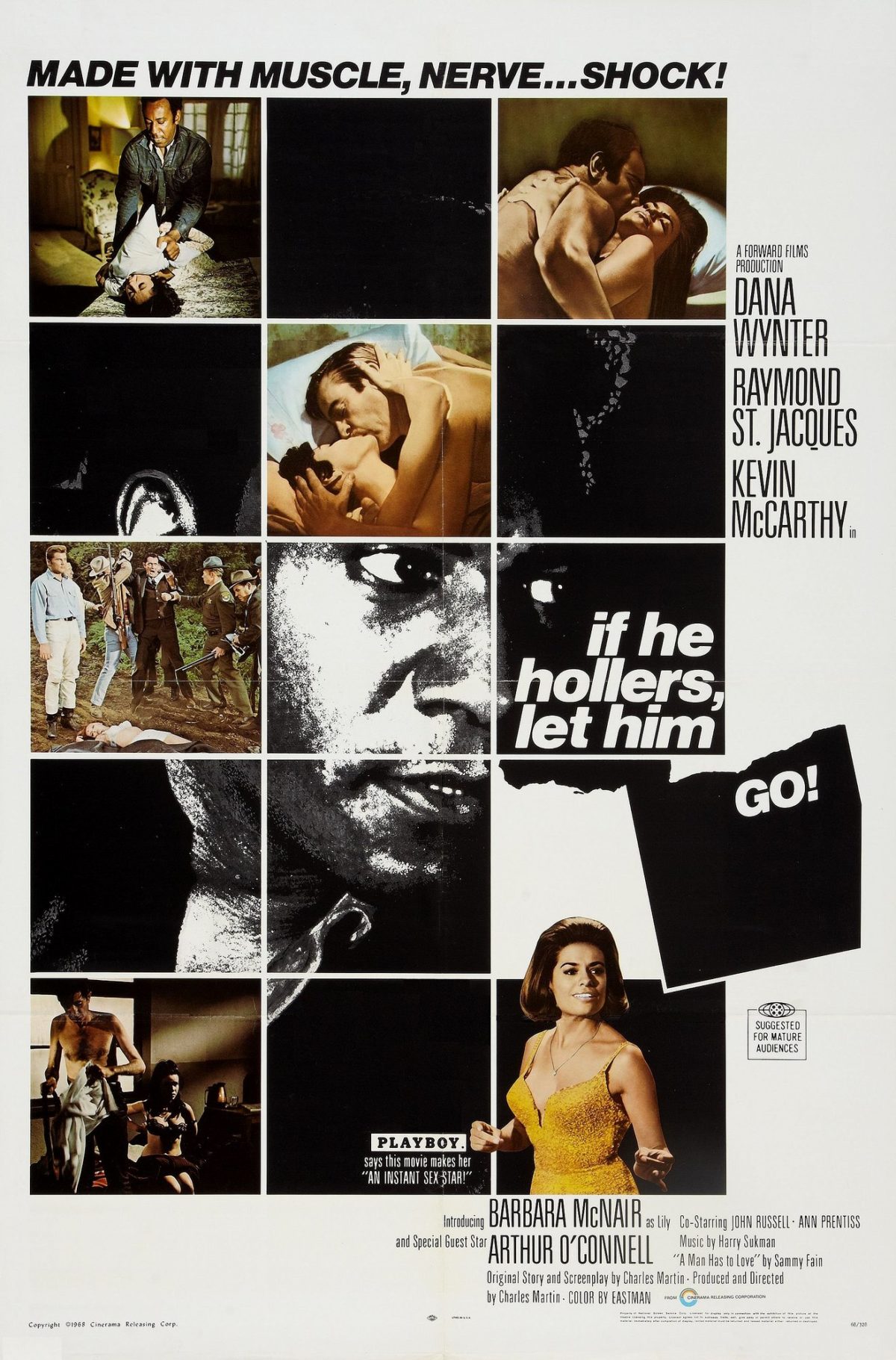If all 8 of our texts we read this semester were laid out in front of me before I ever took this course, I think I would be able to connect all of them together with common themes. They all retain a sense of nostalgia and pre modern age language (even Devil in a Blue Dress and Blanche on the Lam feel to me as though the are still set in the 60’s), focus on race and sexuality, and include a fair share of violence.
But, prior to taking this class, if you had asked me to provide 8 texts that fell under the Umbrella of “Black Noir,” I’m not sure I would have produced the ones we read.
After taking this class, I’m still unsure if all the novels fall under this umbrella. To me, we started of with a clear shell of what Noir was, then dove into what Black Noir is by focusing on Black characters like Hugh and Bob. I feel as though we drifted from what Black Noir is in the middle of our semester, then returned back to the Noir novel with Blanche on the Lam and Devil in a Blue Dress.
While, as we all probably know by now, I did not like Trick Baby and Never Die Alone nearly as much as the other novels, this is not the only reason why I have trouble considering them Noir.
I still think that in my definition of Noir, there has to be some sense of mystery, especially through a fictitious story. Our readers must piece things together and must figure things out as we go to connect to this feeling of “descending into darkness.” I think Noir is not just about a descent as the characters in our books go to extremes, face increasing violence, and avoid the law, but also about the opposite; Noir is also about a reader coming to the light as the truth is illuminated to them. In The Maltese Falcon, Farewell my Lovely, Blanche on the Lam, and Devil in a Blue Dress, readers ascend into the light of truth as they discover who the true murderers were and move past the point of conflict. However, in Trick Baby and Never Die Alone, conflict is only resolved after our characters make a choice—such as Paul donating the money—as opposed to them uncovering something.
With the help of Street Players, I think I would most link Trick Baby and Never Die Alone to Black Pulp Fiction. The stories are too autobiographical and too straightforward for me to consider the Black Noir. However, I am still glad we read them and feel as though they exposed me to topics I’ve never encountered before at this level.
Something else that I think this class helped me do is realize how fast I can read if I really want to. My mom always asks me, “What are you reading?” every time I come back for break, and usually I reply, “I’m too busy to read.” My love for literature has never ceased, but my free time spent reading has decreased exponentially as I entered high school. Hopefully now I will realize that I can finish books more rapidly than I expected.
Overall, I think this class was extremely crucial for me to take. I like that I took it as my first English elective so that I can be reminded how much I love to read fiction and to analyze. While others might see Brit Lit 1 or Exploring Shakespeare as more important courses, I think Black Noir is equally significant as it tells the story of the Other.

I really enjoyed your post! I found your reflection to be really thoughtful and considerate of all the books we read this semester. I am not sure if our definition of Noir has ever been clear. Throughout the semester I feel like we were slowly piecing it together, kind of like a mystery. However, I am not convinced that we need a solid definition. Maybe our definition can be ambiguous, like the world of noir itself. I do agree with you though that this class has made me realize I am actually a fast reader. As a non-English major, who has never been a fan of reading novels, I am impressed that I was able to read 8 books in such a short amount of time. Maybe after this course, I will continue to read fiction for fun!